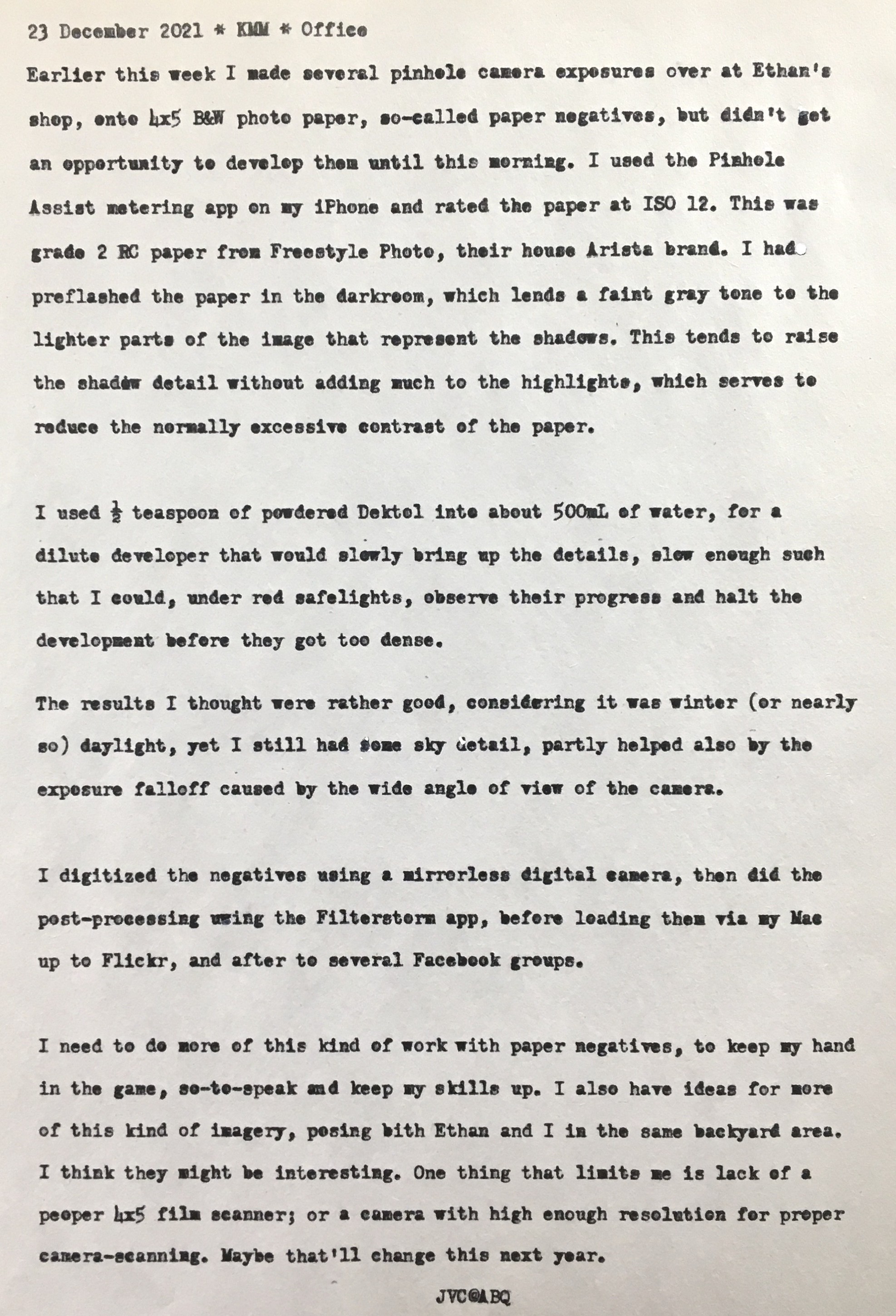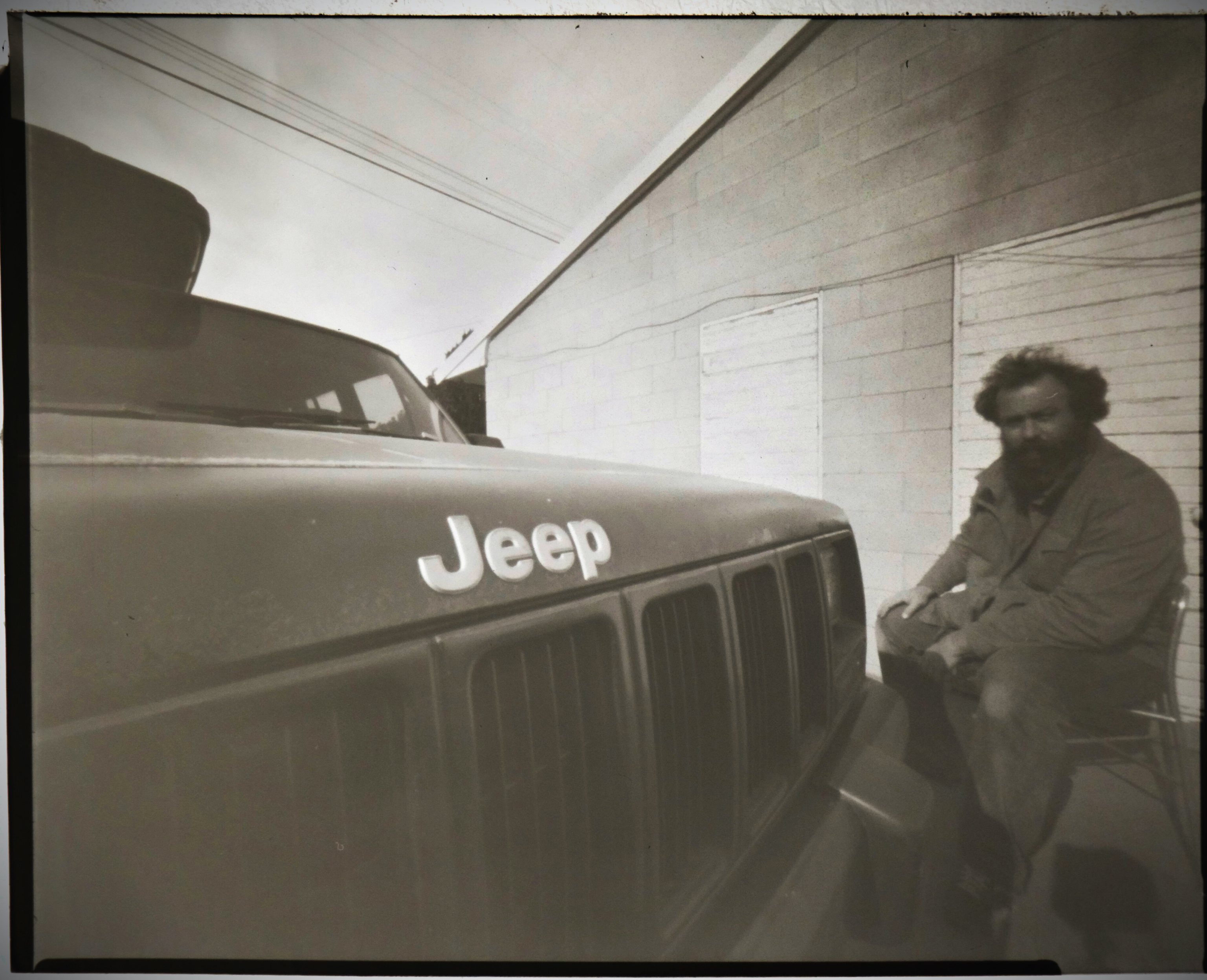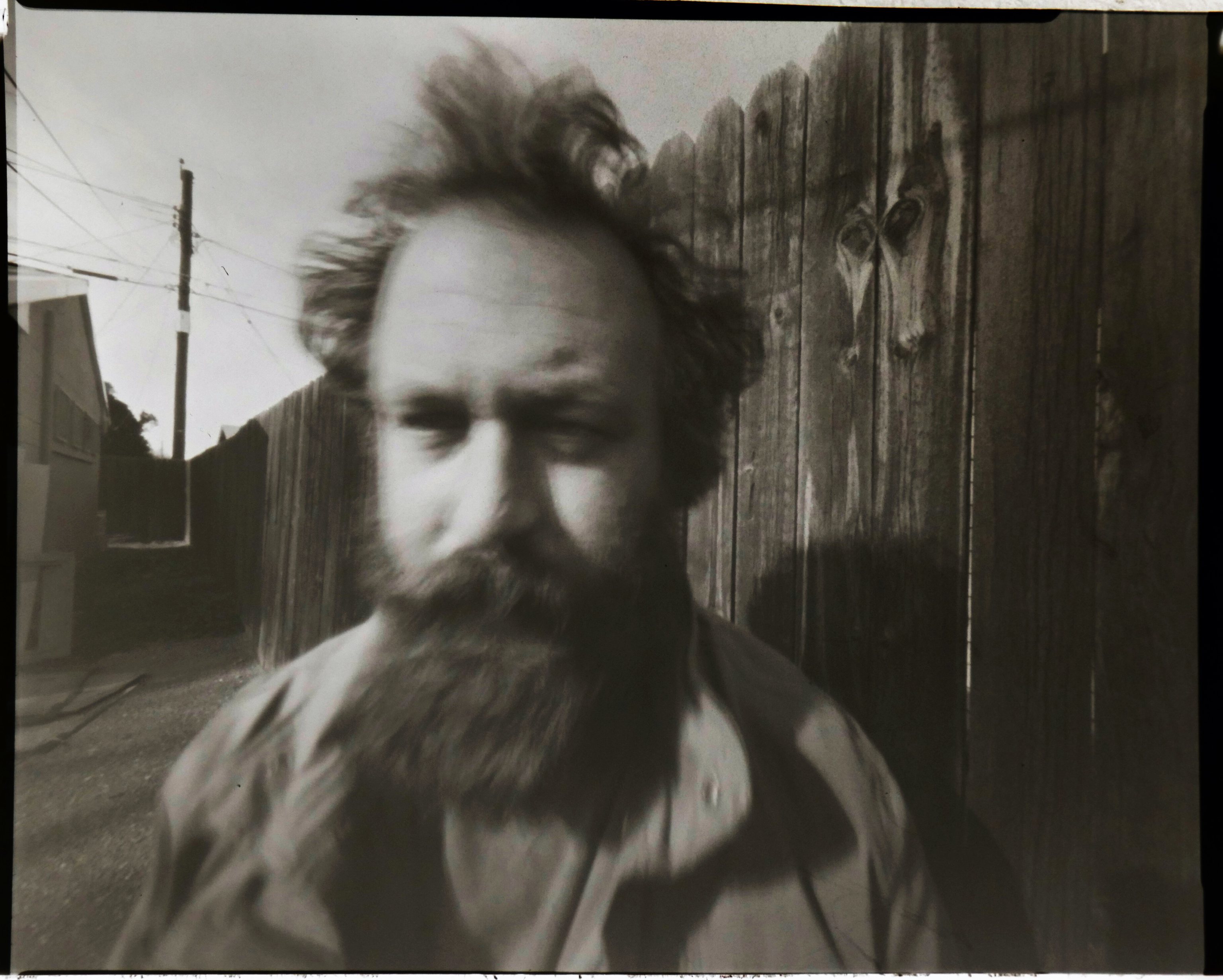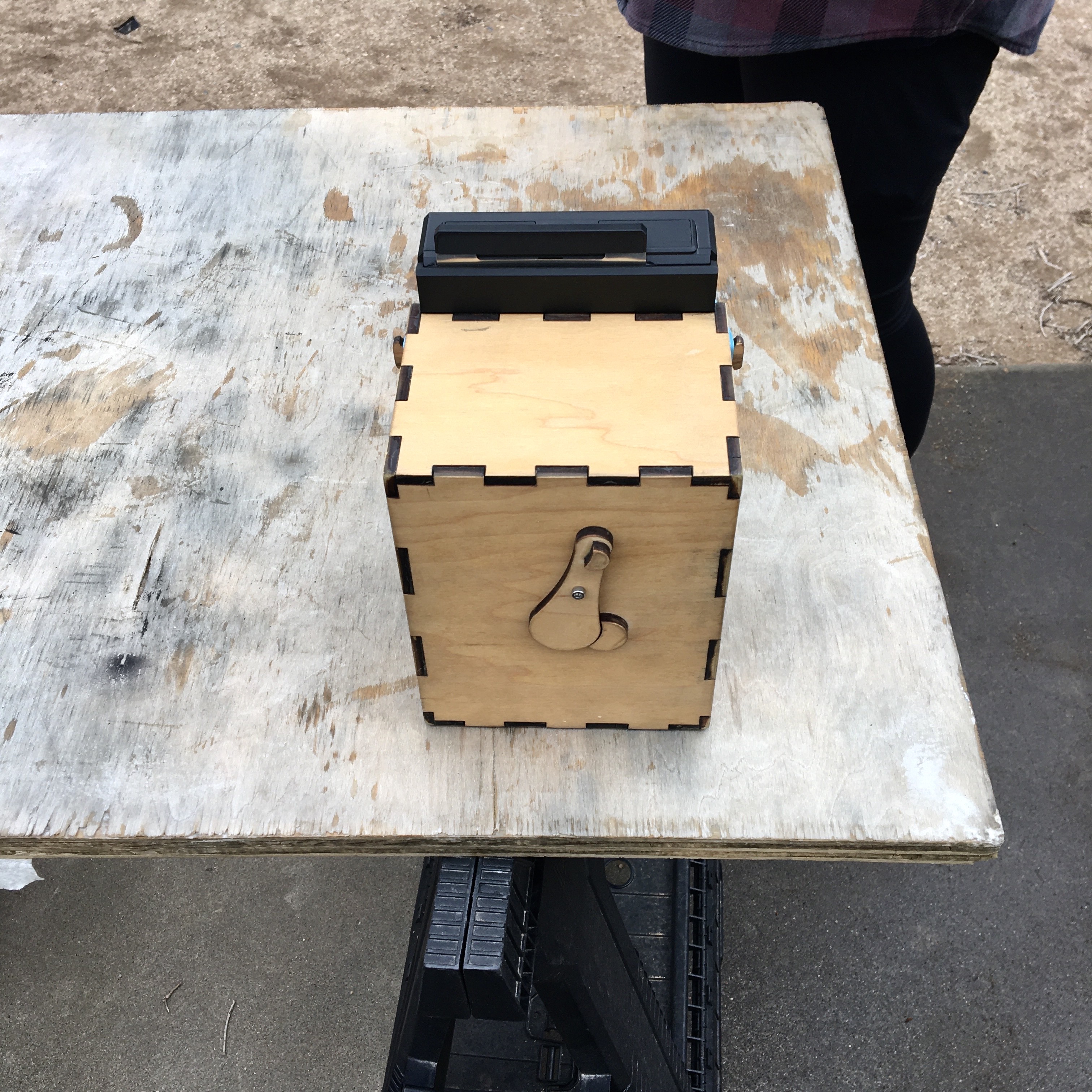Late Night Collaging

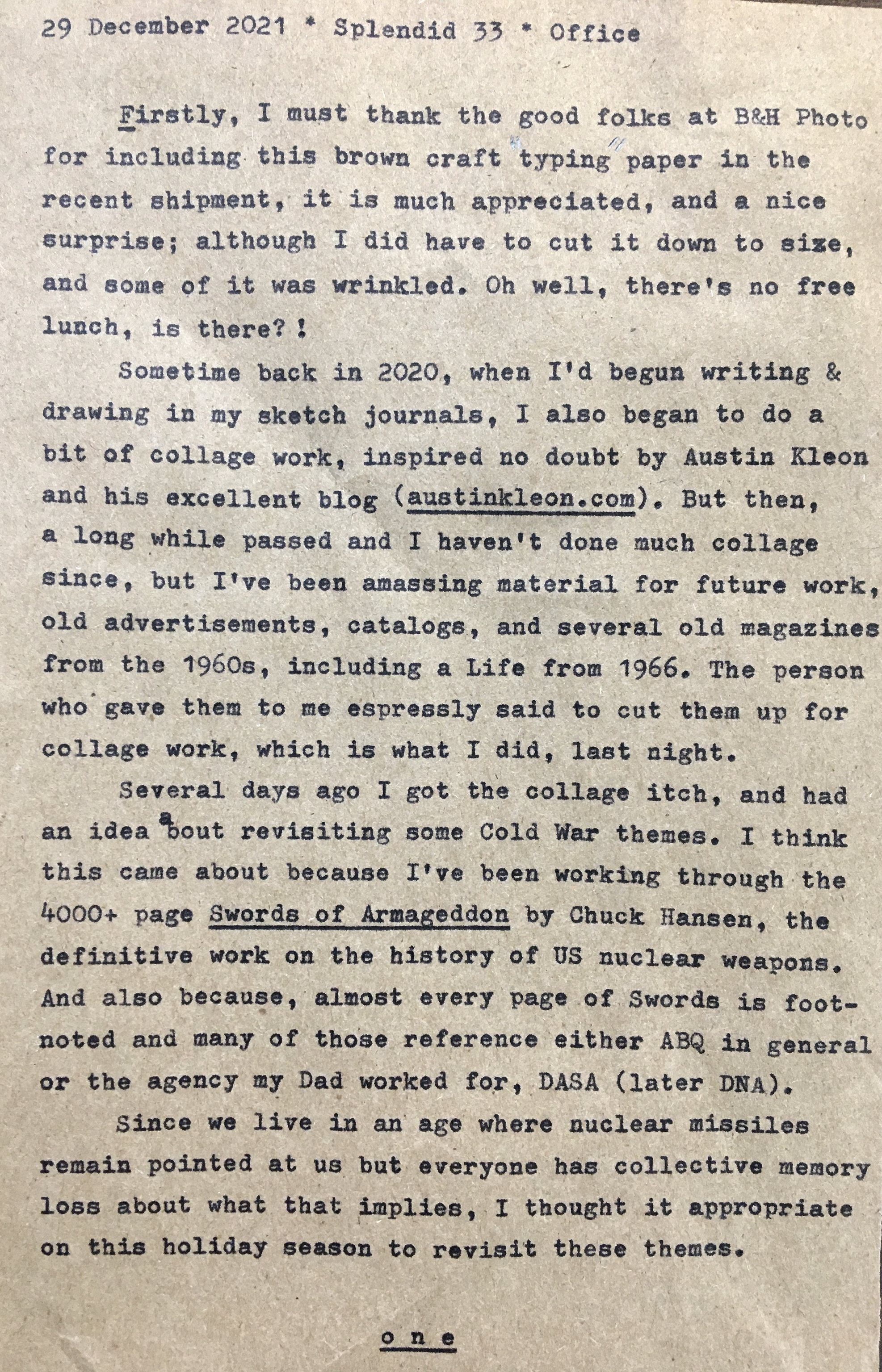
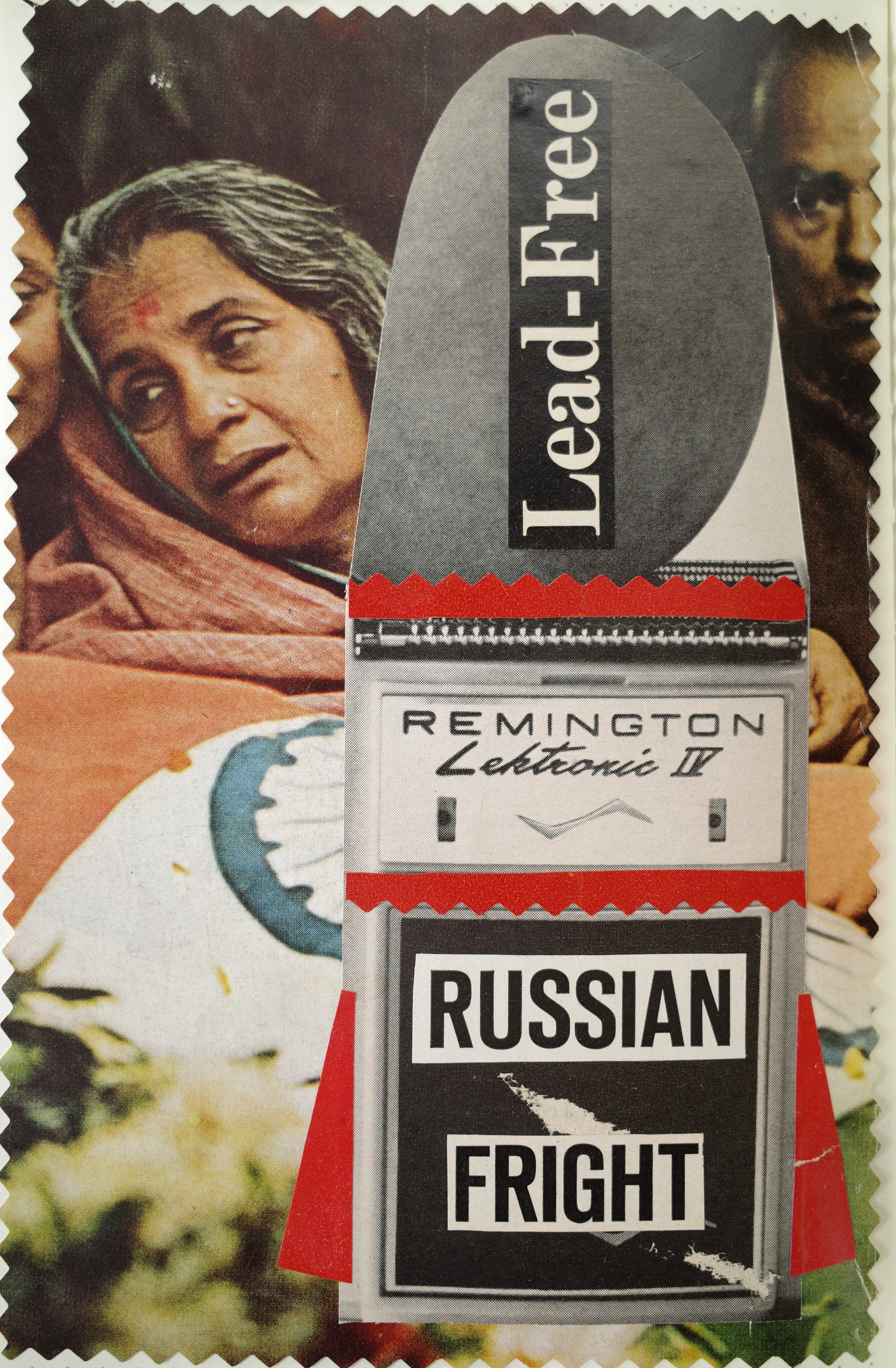

 (MIRV = Multiple Independantly Targetable Reentry Vehicle. ICBM = Intercontinental Ballistic Missile. But sometimes a MIRV warhead is just a glass of Budweiser!)
(MIRV = Multiple Independantly Targetable Reentry Vehicle. ICBM = Intercontinental Ballistic Missile. But sometimes a MIRV warhead is just a glass of Budweiser!)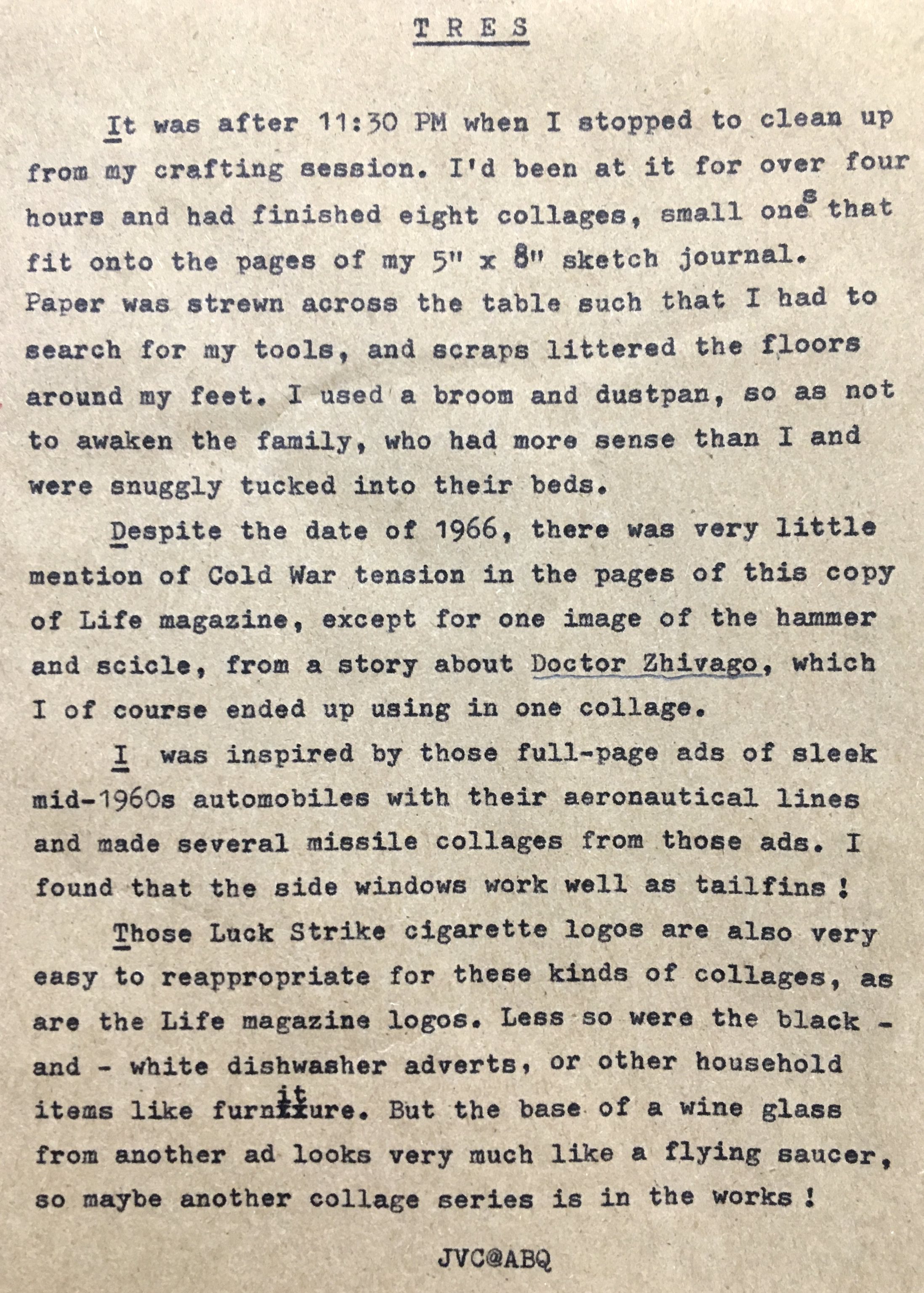

(Note the side windows make for nice tail fins!)
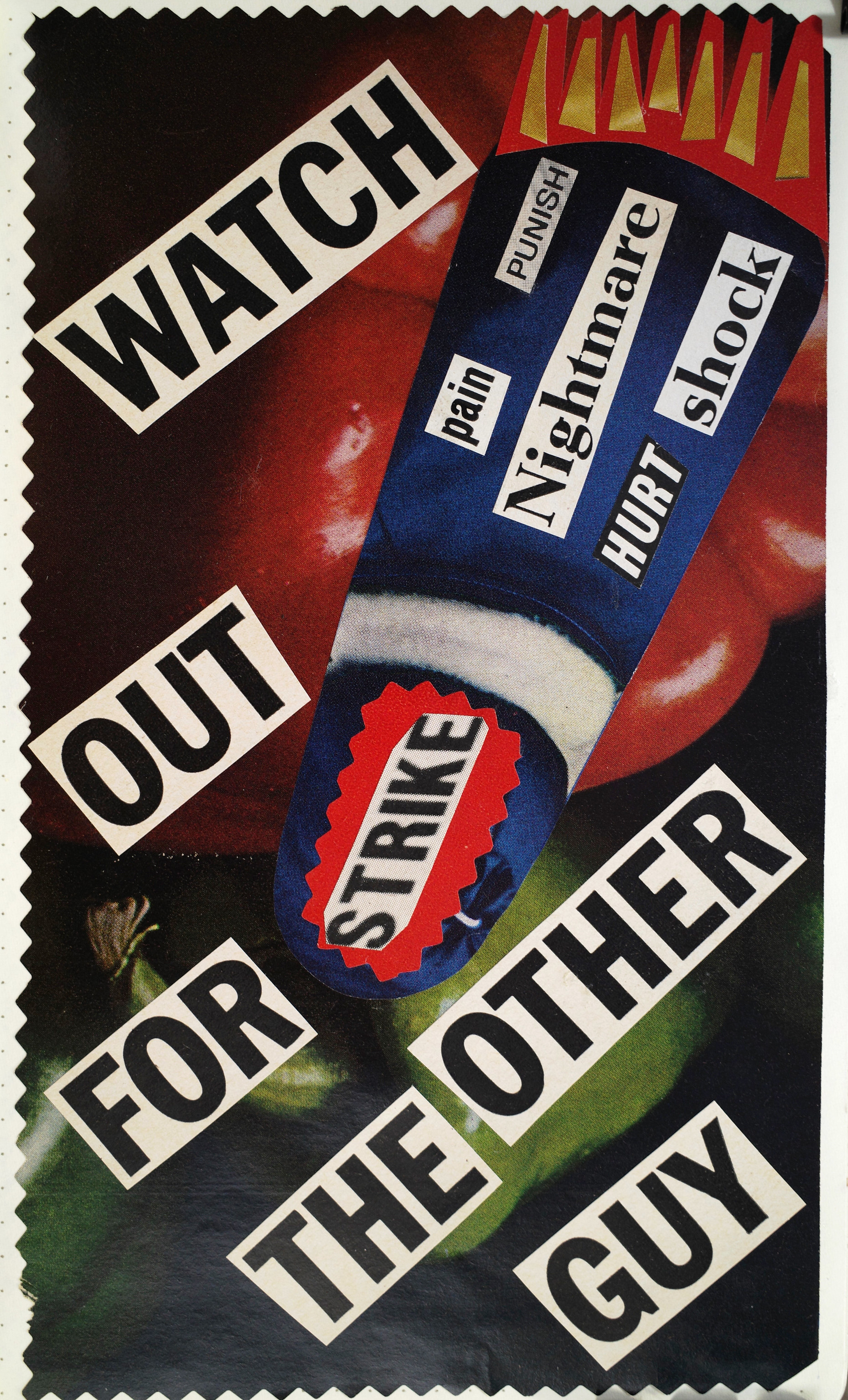
(I particularly like the red and yellow bits that make the fiery exhaust; just ignore the fact that reentry vehicles don't actually have a fiery rocket exhaust, just reentry plasma. But never fear; the conical reentry vehicle is actually a blue Christmas stocking cap, and the red atmospheric glow behind it is a bell pepper!)
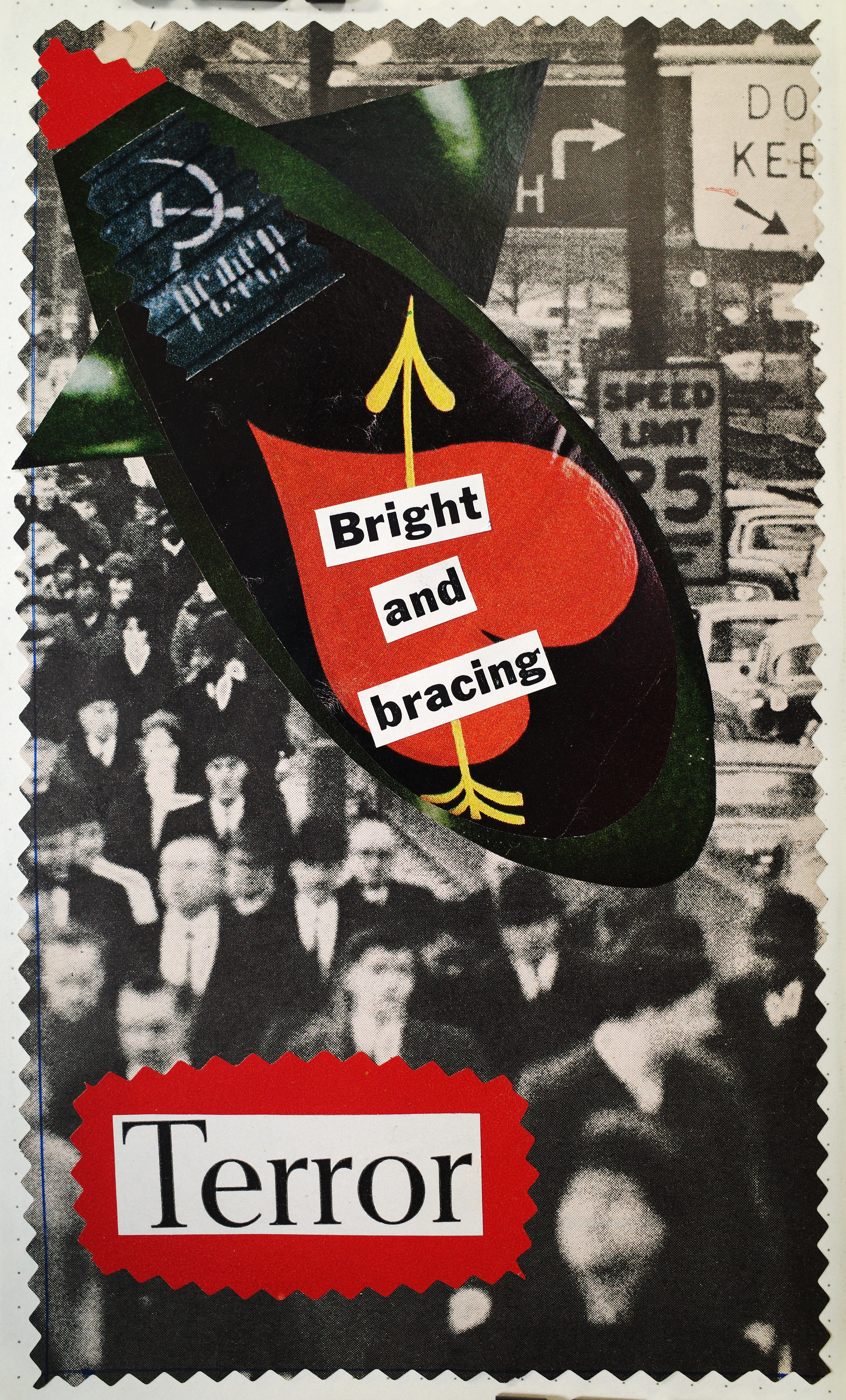
(This is the only USSR - themed logo I could find in the Life magazine, from a Dr. Zhivago film article. The dark green (bell pepper) bomb casing references a British nuclear weapon on display at the Atomic Museum in ABQ.)

(The streaky oval part of the mushroom cloud is actually Ronald Reagan's hair, from a Life article about him and Nancy!)

(Another car ad makes for good resource material for this faux-warhead, that isn't supposed to have a fiery rocket exhaust but by now, late in the evening, I had plenty of scraps to work with and the yellow/orange/red exhaust was actually the edge of a foamy head of Budweiser beer! The yellow star against the black circle, behind the warhead nosecone, reminds me of the explosive lenses used in implosion weapons.)
The top image was the last one I did, I really like the simplicity of the layout and the tension between the colored cityscape and the black & white face; and also the simultaneous multiple perspectives of the profile face with eyes seen front-on, as used in Cubism (many cubists were also collagists).
The method I used to make these collages was to start by finding a background image I could work with. I especially like the two with black & white city images, the colored parts on top of them present a nice tension. The faces in the background of the Russian Fright piece are from a Life magazine story about the death of Indian Prime Minister Lal Bahadur Shastri in 1966.
Then I find parts I can use for a missile or bomb, it sometimes being necessary to rearrange parts to make it appear more missile-like (as with the car ads).
I also find it helpful to look for hot words or other phrases that might play into the theme of the piece, such as "Bright and bracing," or "emp," which references the Electromagnetic Pulse phenomonen of high-altitude nuclear detonations.
There are also more obscure references in these collages, such as the Russian Fright piece with its "Lead-Free" reference. If the secondary of the weapon is lead-free, that means it's optimized for maximum yield and fallout. In this instance, having lead is good! (Er, well, not as bad as not having lead.)
Now that I have this out of my system, perhaps I'll do more happy-go-lucky themes intead! Sorry if this was such a Debbie Downer, subject-wise. Be well.
Labels: Collage art

